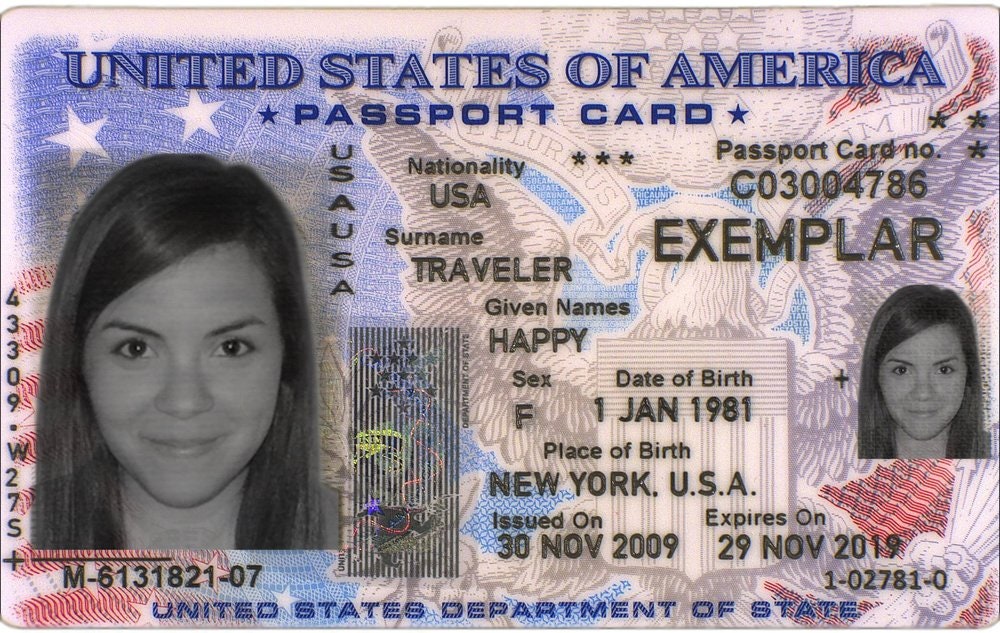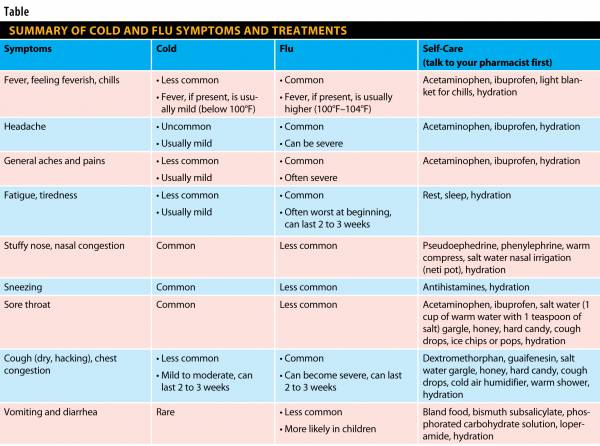How to get rid of old child car seats
What to Do With Old Car Seats (4 Clever Things You Can Do)
Have you caught the spring cleaning bug and now you’re not sure what to do with your child’s old car seat? As it turns out, there are a ton of different routes to take.
There are a few deciding factors on the various things you can do and a lot of it will depend on the seat’s condition and expiration date. We’re going to cover everything you need to know and more in this article.
So don’t worry, we’re going to help you reclaim the space in your home your child’s old car seat is taking up.
Table of Contents
- Is It Expired?
- Can Car Seats Be Reused?
- How to Get Rid of a Used Car Seat
Is It Expired?
If the car seat is expired, it shouldn’t be used again with a child in it. Its parts will break down from wear and tear over time, so it isn’t safe to use anymore. Car seat expiration dates are put into place to give you an idea of the seat’s lifespan.
To find the expiration date on the car seat, just flip it over and look on the back or on the bottom. The expiration date is usually either printed on a sticker or embossed into the plastic. Other manufacturers may print it inside the instruction manual.
Can Car Seats Be Reused?
There may be some cases where a seat can be reused. Personally, we don’t recommend the reselling or purchasing of used car seats because you can’t be 100 percent sure of the quality. However, if you’re using it again for your own family, it may be fine.
So, when can you reuse an old car seat?
- It isn’t expired: A car seat is technically still good up until the date manufacturers give. We recommend not using it within a month or two of the date to give yourself plenty of time to replace it.
- It hasn’t been in an accident: Minor accidents don’t automatically destroy a car seat’s integrity. However, if the seat has been in a moderate to severe crash, it’s recommended to replace it immediately (1).
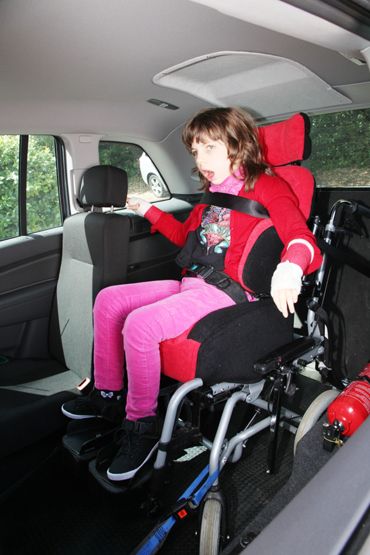 Some car seat manufacturers require you to replace the car seat after any crash, even if it was only minor.
Some car seat manufacturers require you to replace the car seat after any crash, even if it was only minor. - It’s clean: Of course, you don’t want your second (or third, fourth, etc.) child to have to use a dirty car seat. If you want to reuse the seat, make sure to give it a good scrub down. Be sure to follow the cleaning instructions in your car seat manual. This is especially important if it’s been packed away for a bit.
- It’s still in good condition: Check for broken pieces or other wear and tear. Be sure to look under the fabric cover to fully inspect the seat. Even the smallest nick can render a seat unusable.
It’s important to take extra care when using a secondhand car seat. Give the seat a thorough look over to make sure there’s no damage before choosing to use it. You should also be sure to register the seat so you can be informed of any recalls. You can check for any current recalls here.
How to Get Rid of a Used Car Seat
If you do find that the car seat is expired or it’s been in a moderate to severe car crash, there are still things you can do.
1. Trade-In Events
Some big-box stores usually hold car seat trade-in events throughout the year. As far as we can see, the only store that still does this is Target, but there may be others.
These trade-in events allow you to bring in an old or unusable car seat and get a coupon in return. Target offers 20 percent off a new car seat, stroller, or other piece of baby gear, when you trade in. They started this program in 2016 and it’s gained major popularity since then.
All old car seats traded in at Target are recycled and turned into different products like pallets, buckets, and construction materials (2).
Trade-in events are definitely the most convenient option and we recommend this the most. Not only do you get to get rid of your old car seat, but you get a good deal on an upgrade for your child, too.
Not only do you get to get rid of your old car seat, but you get a good deal on an upgrade for your child, too.
2. Donate It
Most places are really picky about used car seats even if they’re still in excellent condition. However, you may still find that some organizations accept them. Be upfront about the condition of the seat so they know what they’re receiving. After all, you don’t want to compromise anyone’s safety.
- Women’s shelters or other local charities: There are many organizations that provide resources to families in need. Often foster families are short on necessities like car seats.
- Church organizations: Church organizations are always looking to help. Some may have ministries where they give away car seats to needy families. This is another good option to consider, especially if you’re religious.
- Local CPSTs: Child passenger safety technicians are trained on car seat safety and how to install car seats (3).
 They teach parents the ropes. Reach out to a CPST to see if they’d like to have your old seat for demonstration purposes.
They teach parents the ropes. Reach out to a CPST to see if they’d like to have your old seat for demonstration purposes.
3. Proper Recycling Protocol
Rather than opting to throw the old car seat in the trash, you can choose to recycle it yourself. You should first call your local recycling center to see if they accept plastics from old car seats. If they do, here is what you should do:
- Locate your nearest recycling center: Ask your local recycling center whether they accept car seats and how they would like to receive them. Find a center that accepts car seats here.
Check recycling guidelines: Call the center and ask their specific guidelines for car seats. Some may want you to just bring the naked frame and others may want it completely broken down first. - Remove the extras: This includes any fabric, padding, or straps on the car seat. Remove the cover as well and use scissors to cut the harness straps out of the seat.
 These parts probably won’t be recyclable, so they can go in the trash.
These parts probably won’t be recyclable, so they can go in the trash. - Remove all metal pieces: You’ll probably need a screwdriver for this. It’s important to remove as much of the metal as possible from the car seat. This will only need to be done if your recycling center requires you to. Some centers may do this part themselves.
4. Proper Trash Protocol
If for some reason the seat can’t be recycled, donated, or traded in, it can be thrown away with the trash. There are, however, a few guidelines to follow before doing so. They’re similar to the recycling guidelines and there to ensure it can be disposed of efficiently:
- Remove all extra padding and foam.
- Cut away any straps.
- Remove all metal pieces from the seat.
- Mark the seat. You should clearly mark it as “UNSAFE” or “EXPIRED” on the bare plastic seat so nobody will be tempted to reuse it.
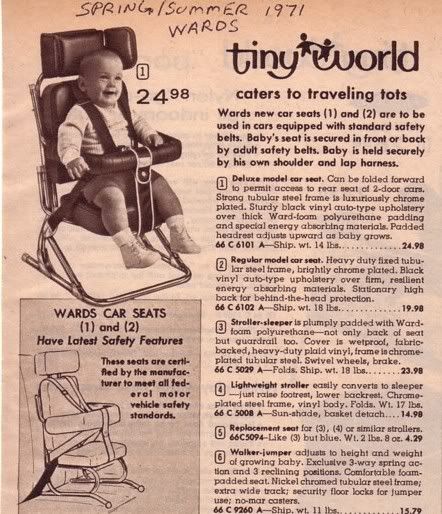 Then you can set it out with the rest of your garbage.
Then you can set it out with the rest of your garbage.
Feedback: Was This Article Helpful?
Thank You For Your Feedback!
Thank You For Your Feedback!
What Did You Like?
What Went Wrong?
Medically Reviewed by
Kristen Gardiner, CPST
Kristen Gardiner, CPST is a writer, wife, and mother to three boys. Kristen became certified as a Child Passenger Safety Technician by Safe Kids Worldwide in 2015 and loves to volunteer and help educate parents about car seat safety. She has a passion for all things related to child safety.
Subscribe to Our Newsletter
We won't send you spam. Unsubscribe at any time.
How to Get Rid of a Used Car Seat
We independently review everything we recommend. When you buy through our links, we may earn a commission. Learn more›
Real Talk
Advice, staff picks, mythbusting, and more. Let us help you.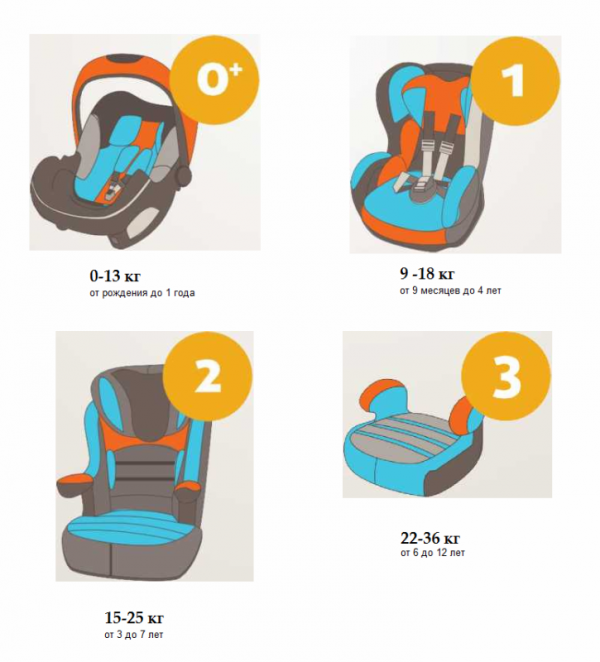
Share this post
Last January, I needed to get rid of two car seats that my girls had outgrown. Safety experts caution against giving them away unless they’re in near-perfect condition (most charities won’t even take them), and finding recycling programs specific to car seats is rare. What could I do to keep the seats from going straight to a landfill?
This April 22 through May 5, Target will host its first trade-in program of 2018. Bring in your unwanted seat and get a coupon for 20 percent off a new seat or stroller.
At a loss for better options, my husband and I tore our car seats apart, as best we could, and put the exoskeleton-like shells out with the recycling bags on the curb, hoping for the best. Next recycling day, the truck didn’t pick up the shells, and I spent a week anxiously imagining them decomposing right there on the sidewalk, weathering a millennium of snowstorms and humid New York City heat waves.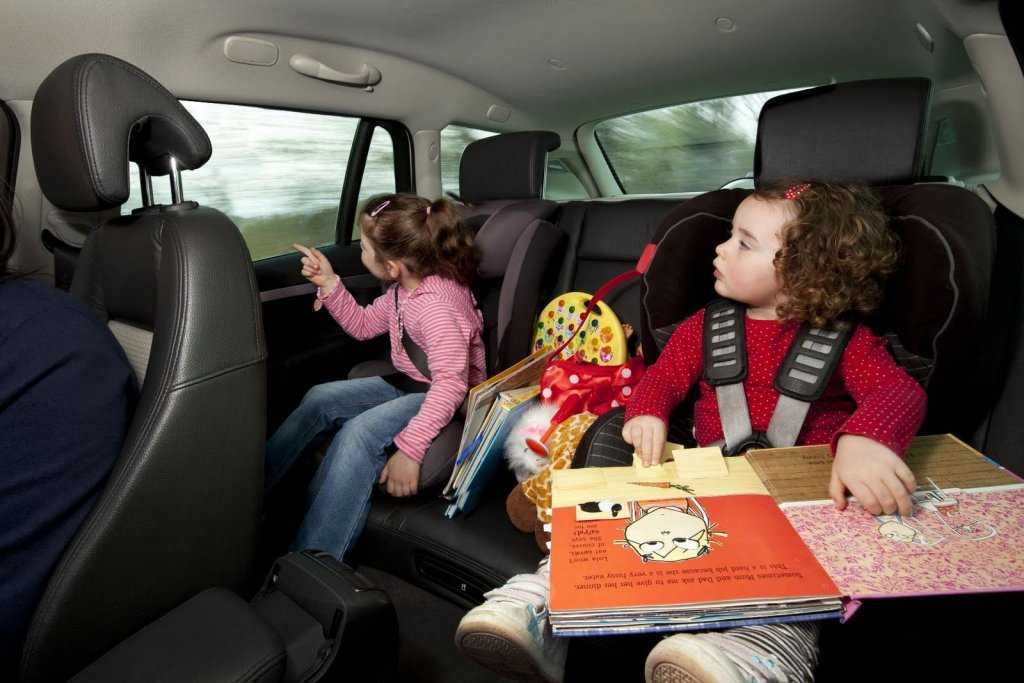 Although the seats were eventually picked up, I couldn’t shake my guilt. I wondered if the seats were really recycled, and if I should have tried harder to pass them on.
Although the seats were eventually picked up, I couldn’t shake my guilt. I wondered if the seats were really recycled, and if I should have tried harder to pass them on.
The problem of getting rid of big, bulky gear (or other similar home goods) isn’t unique to car seats. But considering that most kids will go through three before they turn 11, and the safety issues involved with handing them down, car seats pose a pretty significant disposal issue. After seeking the advice of a child-passenger safety expert, a specialty recycler, and my local department of sanitation, I determined the best practices for donating and recycling a seat. But most of them require more work than you might expect.
Pass it on ... but only if you can vouch for its condition
You can give away or sell a used seat, but it better be in near-perfect condition. The next owners should be able to talk with you, ideally in person, about the seat’s history. Lorrie Walker, training manager and technical advisor for the Buckle Up Program at Safe Kids Worldwide (which certifies Child Passenger Safety technicians), told me the seat should meet the following criteria:
It should be within the expiration date.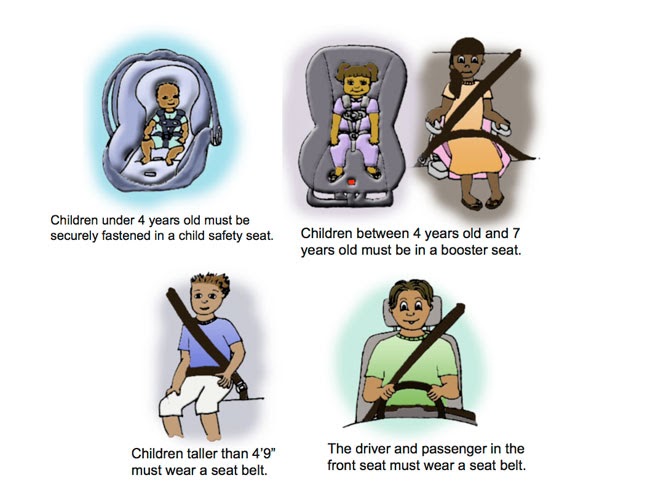 Car seats have expiration dates, which might make some parents suspicious that manufacturers are just trying to make us buy more stuff. But like anything, the components of the seats can wear out over time. “Those expiration dates are there for a good reason,” Jose Ucles, a spokesperson for the U.S. Department of Transportation, told me in an email. “An expiration date tells you about the integrity of the seat’s components. Webbing, plastic, foam, buckles, etc., experience wear and tear over time that could weaken their ability to provide optimal crash protection.” Infant seats (our favorite is the Chicco Keyfit 30) usually expire five to six years after the manufacture date. Convertible seats (we recommend Britax’s Marathon ClickTight) expire after about 10 years. Look for the date in the manual or on the seat.
Car seats have expiration dates, which might make some parents suspicious that manufacturers are just trying to make us buy more stuff. But like anything, the components of the seats can wear out over time. “Those expiration dates are there for a good reason,” Jose Ucles, a spokesperson for the U.S. Department of Transportation, told me in an email. “An expiration date tells you about the integrity of the seat’s components. Webbing, plastic, foam, buckles, etc., experience wear and tear over time that could weaken their ability to provide optimal crash protection.” Infant seats (our favorite is the Chicco Keyfit 30) usually expire five to six years after the manufacture date. Convertible seats (we recommend Britax’s Marathon ClickTight) expire after about 10 years. Look for the date in the manual or on the seat.
It should be from the original owner and never have been in a moderate to serious crash. Only the original owner will know the full history of the seat and can vouch that it’s never been in an accident. “Once a car seat’s been in a crash, much like a bike helmet or a motorcycle helmet, it’s no good,” said Walker. According to the National Highway Traffic Safety Administration (NHTSA), a fender bender might be okay, though.
Only the original owner will know the full history of the seat and can vouch that it’s never been in an accident. “Once a car seat’s been in a crash, much like a bike helmet or a motorcycle helmet, it’s no good,” said Walker. According to the National Highway Traffic Safety Administration (NHTSA), a fender bender might be okay, though.
It should not have any missing parts, or parts that you’ve jerry-rigged. Walker told me a nightmare story about a child who was ejected from a car seat that the parents had bought at a yard sale. Only after the crash did they discover the prior owners had replaced a steel bar that was supposed to hold the car seat harness straps in place with a soft, straw-like metal rod that couldn’t support the weight of the child.
The seat shouldn’t be under recall. And if it was recalled, make sure it was fixed according to the manufacturer’s instructions. “Many of the recall items are generally fixable at home, they’re not difficult to do,” said Walker.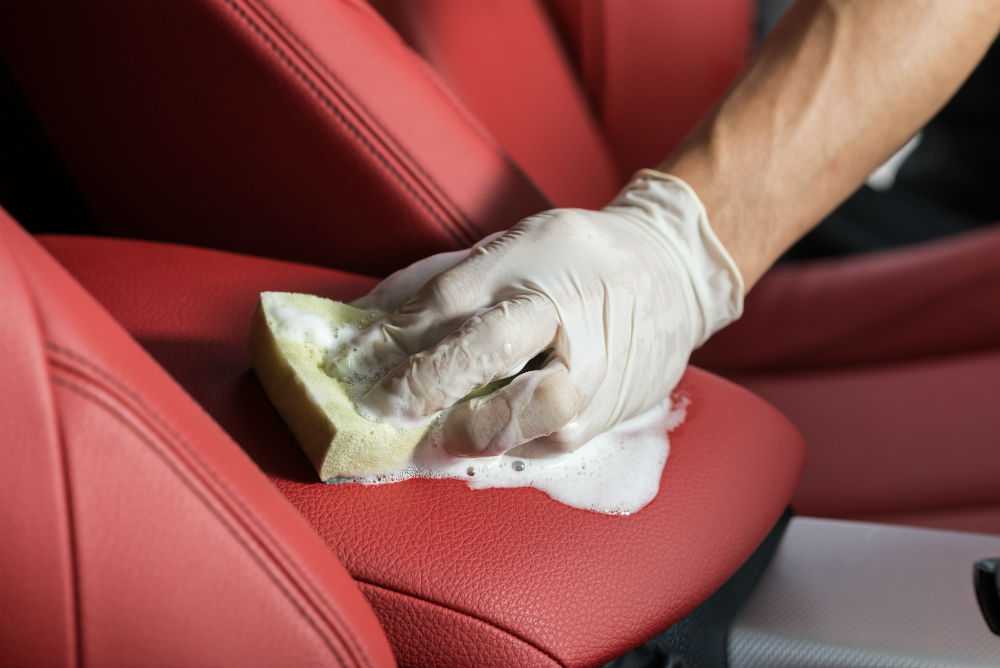
Ideally, the safety manual and registration card should be included, though if you’ve lost the original manual most car seat manufacturers have PDF versions online. Walker recommends the new owners also register the seat to receive updates on recalls, which can be done with the registration card (if you still have it) or through the NHTSA.
Checking all the boxes on this list can be a tall order for the average parent. “Very few people want that responsibility,” said Walker.
Look for buyback programs
Target and other stores periodically host events where you can bring in your old seat and receive a coupon toward your next purchase. What happens to the seats after the trade-in depends on the retailer and which disposal company it has partnered with. Some partners, like TerraCycle, will recycle the entire seat (including the foam and fabric covers), others recycle only the most valuable materials (usually the metal and some of the plastic). Some retailers just send them to a landfill.
Target ran two buyback programs in 2017 where it partnered with TerraCycle, a company that specializes in hard-to-recycle items. A rep from Target told me the company recycled nearly 80,000 seats, equaling over one million pounds, during one event alone. This April 22 through May 5, Target will host its first trade-in program of 2018, this time partnered with a company called Waste Management. Bring in your unwanted seat and you’ll get a coupon for 20 percent off a new car seat or stroller.
Recycle it—if you can!
Your next best option is to recycle your seat through your municipality (call to see if it takes them) or one of the rare car seat recycling programs. Car seats are challenging to recycle because they’re made of so many materials, which need to be separated for individual waste streams. Most programs will recycle only the metal and some of the plastic parts of the frame, which have more value than the foam and fabric covers.
“The only way I see that car seats would be recycled by a municipality is if they’re going to cherry pick the parts of the car seat that are valuable or have any value to them once they’re separated,” said Brett Stevens, vice president of material sales and procurement at TerraCycle.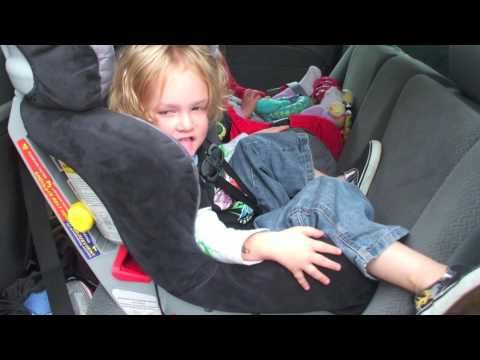 Corporate subsidies allow TerraCycle to recycle less-profitable parts. For instance, Target paid TerraCycle to recycle the car seats from its two trade-in programs in 2017. TerraCycle also partners with a range of companies for free recycling programs for packaging, like snack bags and toothpaste tubes. “That’s why we’re able to exist,” said Stevens, “because of the generous sponsorship of these companies.”
Corporate subsidies allow TerraCycle to recycle less-profitable parts. For instance, Target paid TerraCycle to recycle the car seats from its two trade-in programs in 2017. TerraCycle also partners with a range of companies for free recycling programs for packaging, like snack bags and toothpaste tubes. “That’s why we’re able to exist,” said Stevens, “because of the generous sponsorship of these companies.”
It took my husband and me a curse-inducing hour with an electric drill, screwdriver, and hammer to remove a fraction of the metal pieces embedded in the plastic.
If you decide to recycle through your municipality, remove the cover and cut off the straps, harnesses, and buckles. Basically, make it unusable. If the seat isn’t fit for donating, you don’t want another family nabbing it.
Before putting my daughters’ seats on the curb, I followed advice I’d read on the Internet and broke the shells apart as much as possible. In practice, I found this to be backbreaking work that most people probably won’t hassle with. It took my husband and me a curse-inducing hour with an electric drill, screwdriver, and hammer to remove a fraction of the metal pieces embedded in the plastic. I felt better about our weak performance after I talked to Walker: “I’ve been at [disposal] events through the years where somebody has piled the car seats in a really big heap and then they take an earth mover and try and crush them...sometimes it takes this earth mover going over it three or four times to break the molds on these car seats.”
It took my husband and me a curse-inducing hour with an electric drill, screwdriver, and hammer to remove a fraction of the metal pieces embedded in the plastic. I felt better about our weak performance after I talked to Walker: “I’ve been at [disposal] events through the years where somebody has piled the car seats in a really big heap and then they take an earth mover and try and crush them...sometimes it takes this earth mover going over it three or four times to break the molds on these car seats.”
Throw it out ... but do it right!
If you do need to send the car seat to a landfill, take it apart first (again, you don’t want a family mistaking it for a giveaway and using it). As you would if recycling the shell, cut off all the straps, buckles, and harnesses. “That way you’ve completely rendered the carseat unable to be used,” Walker said. She recommends putting the shell in one dark garbage bag, and the straps and cover in another.
As for my daughters’ car seats, I tried to investigate their fate by emailing the NYC Department of Sanitation’s press office. Hypothetically, I asked, If I put the stripped car seat shells out with the rest of my recycling, would they be recycled? I quickly got a response from Vito Turso, a deputy commissioner at the department: “We accept all rigid plastics for recycling, so I think you can say yes.”
Hypothetically, I asked, If I put the stripped car seat shells out with the rest of my recycling, would they be recycled? I quickly got a response from Vito Turso, a deputy commissioner at the department: “We accept all rigid plastics for recycling, so I think you can say yes.”
Well, probably yes and no.
Further reading
The Best Booster Car Seats
by Rebecca Gale
We researched over 50 booster car seats and tested 12, and we found the Chicco KidFit ClearTex Plus performed the best and is convenient to use.
How to Get Rid of Lice
by Shannon Palus
Depending on which removal method you choose, you can save time or money—but not both—when treating a case of head lice.
Wirecutter is the product recommendation service from The New York Times. Our journalists combine independent research with (occasionally) over-the-top testing so you can make quick and confident buying decisions. Whether it’s finding great products or discovering helpful advice, we’ll help you get it right (the first time).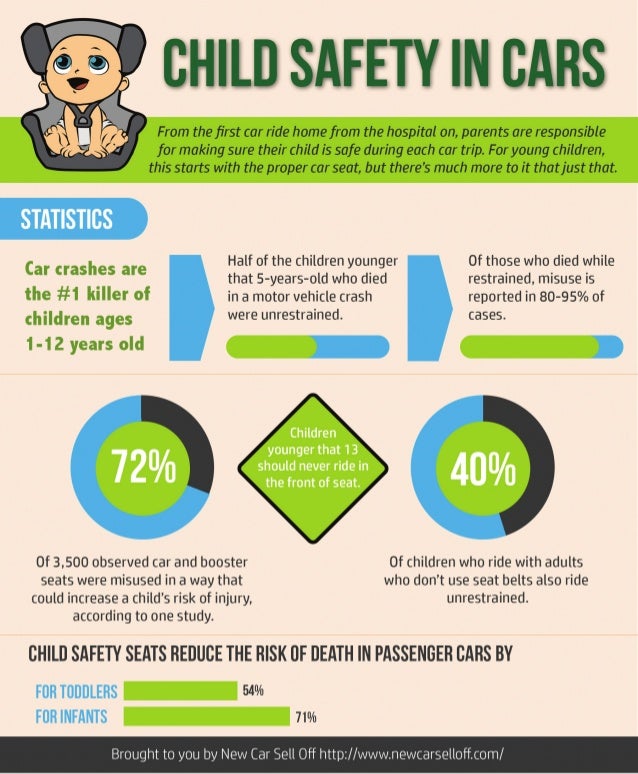
- About Wirecutter
- Our team
- Staff demographics
- Jobs at Wirecutter
- Contact us
- How to pitch
- Deals
- Lists
- Blog
- Newsletters
Dismiss
five main reasons that make you keep old things - Moscow 24, 04.12.2014
School notebooks, worn jeans, long-used and dusty players and phones. According to psychologists, everything that we do not use for more than a year automatically turns into trash. Which, by the way, programs us for poverty. But is it so easy to get rid of junk?
M24.ru found five reasons that make us keep old things, and figured out how to force ourselves to sort out household rubble. nine0003
Photo: m24.ru
1. Because we are used to being frugal
Has the dress gone out of fashion? Are your favorite sneakers torn? Broken laptop? Approximately 88 percent of Russians do not know how to part with old and unnecessary things. We store clothes and shoes, magazines and books, toys, postcards, appliances and much more that we don’t use at all.
Pathological frugality, experts assure, is in Russian blood. It is hard for our grandparents, who grew up in the war and post-war years, to throw things away - because of the poverty they experienced and the fear of being left with nothing, they put aside all sorts of things for a "rainy day" all their lives. Hence - endless five-liter cans, bags in bags, broken skis and other rubbish, which to this day is neatly stored by our compatriots on balconies, mezzanines and cottages. nine0003
Of course, it's good to be thrifty, but still, the next time you send holey sweaters, cracked plates and laminate remnants to the back of a closet or balcony, think about it: are you turning into Gogol's Plushkin?
Syllogomania, pathological hoarding, or Plushkin's syndrome is a disorder in which a person experiences a passion for collecting and storing things. Clothes, books, household utensils and other items are not used, but only accumulated. nine0003
It is difficult for a person suffering from syllogomania to throw away rubbish (even the smallest one). Sometimes it doesn’t work at all - he is too reverent about his junk.
Sometimes it doesn’t work at all - he is too reverent about his junk.
Northern peoples, living in unfavorable climatic conditions, are prone to a certain kind of materialism: we store food. This is a tradition on which the well-being of our ancestors depended for centuries during the long winter. So even now, we, the descendants, feel more comfortable if the refrigerator is full of dumplings and other products with a long shelf life. nine0003
In addition, our country has a difficult history: throughout the 20th century, millions of families suffered from hunger and poverty. This still affects: it is more difficult for us to throw things away, especially food. For example, the United States has never participated in defensive wars on its territory, they have a different history, and therefore the attitude towards things is easier: bought - tired - threw it away. And we're scared.
Meanwhile, materialism can be both a manifestation of character traits and a mental pathology.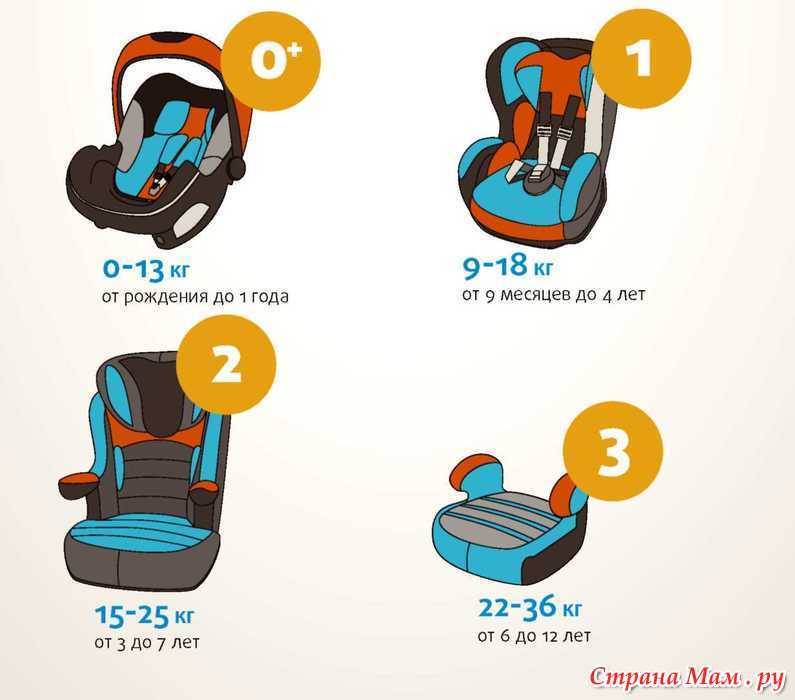 The line is thin, but in any case it is incorrect to say that materialism leads to psychological ill health. After all, it cannot be said that nausea is the cause of poisoning. On the contrary, poisoning leads to nausea. nine0019
The line is thin, but in any case it is incorrect to say that materialism leads to psychological ill health. After all, it cannot be said that nausea is the cause of poisoning. On the contrary, poisoning leads to nausea. nine0019
Irina Solovieva
psychologist
Photo: m24.ru
if the iPhone breaks. We do not throw away dozens of obsolete things just because we stubbornly hope to use them again someday.
In fact, having lost weight, you would rather buy new jeans than put on those that have been lying on the far shelf of the closet for several years - by then they may simply go out of fashion. And for shoes purchased only because of beauty, there will surely be an equally attractive, but comfortable alternative. Do not be fooled: things that have not been used for years will never be needed again. nine0003
The same applies to books. If you have Marx's multi-volume book and the Great Soviet Encyclopedia gathering dust on your shelf, which you are not going to read, it is better to take them to the library. Do not clutter up your house if you do not have a special room for books: keep only those publications that you like to re-read and that are needed for work and study.
Do not clutter up your house if you do not have a special room for books: keep only those publications that you like to re-read and that are needed for work and study.
By the way, psychologists say that attachment to old things programs us for poverty. Allowing yourself to leave a torn blouse for a rainy day, you instantly bring its offensive closer - assuming that such a day will come and you really have to walk in a tattered pullover. nine0003
In general, once a month it's good to take and look at what surrounds you - clothes, some books, notes. You need to understand how much all this is necessary right now: whether these things feed your self-esteem or not.
Surely there are things in the closet that do not suit you at the moment, do not relate to your personality. You may have bought some of them when you were not feeling very well. Because of some, you have already "grown up". Or maybe you have books that have already outlived their usefulness. You need to get rid of all this. nine0003
You need to get rid of all this. nine0003
When you open a closet and clothes fall out, it can cause psychological discomfort. There is a feeling that you have a lot of things, but nothing really needed. It's not clear what you want. This can lead to helplessness and insecurity.
Vera Joyful
psychologist, art therapist
Photo: m24.ru
– all this, of course, keeps many stories. Such things represent entire epochs of our lives - school years, past relationships, perfect travels. nine0003
There is nothing wrong with remembering the past - put your favorite papers and trinkets in a box and put it under the bed or on the closet. Just don't overdo it: there is no need to keep a bunch of T-shirts left by an ex-girlfriend, endless teddy bears "from fans" and dozens of old copybooks and student lectures.
Keeping flared jeans, checkered shirts and DC sneakers in the closet doesn't make sense either. After all, you probably still have photos of the times when you wore them. Do you really want to fill your apartment with things that have already served their purpose? nine0003
Do you really want to fill your apartment with things that have already served their purpose? nine0003
Materialism can form as an attempt to hold onto something in one's life. For example, it can develop after the loss of a loved one or in the event of separation. Or maybe an aging woman is trying to keep her youth in this way - naturally, unconsciously.
In some cases, things can be sorted out on your own. The main thing is to understand what exactly you are trying to fill in such a symbolic form, what you really lack. What you really don't want to part with. You should still find the strength to let it go from life. If you cannot do this on your own, you can seek psychological help. nine0019
Irina Solovieva
psychologist
Photo: m24.ru
4. Because someone once gave them
Many people are really tormented by the need to get rid of things that were once donated by acquaintances. A bulky figurine of the Eiffel Tower, a clumsy candle stand, a belt that you have never worn and never will.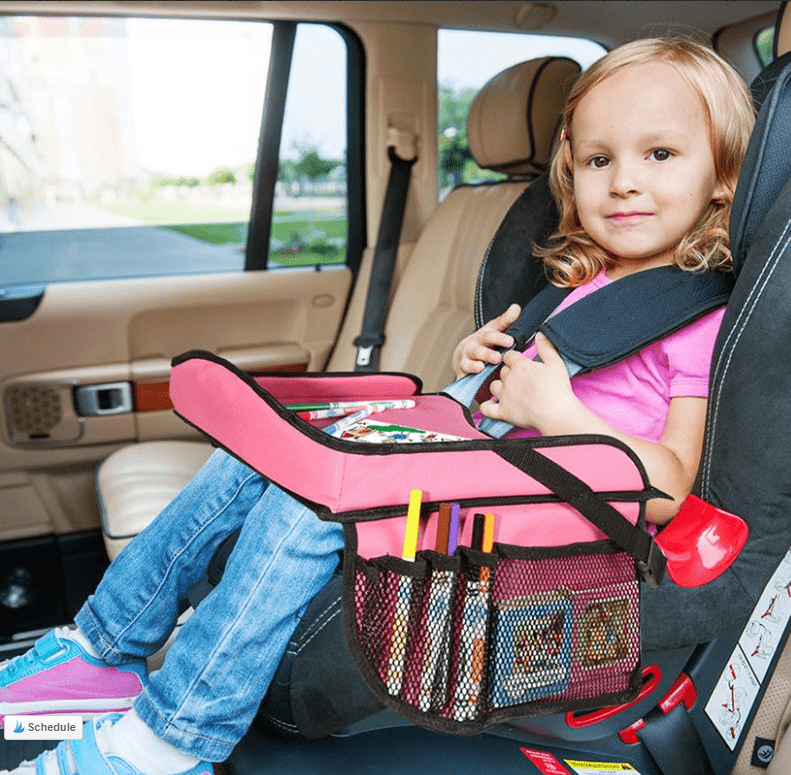 .. Do you even remember who gave it to you and when?
.. Do you even remember who gave it to you and when?
Do not hesitate to clear the house of such things: it is unlikely that a loved one could give something that you will never use. And if a friend was not close, then why are you afraid to hurt - even mentally - his feelings? nine0003
Photo: TASS / Klimchuk Alexander
5. Because you feel sorry for them
Yes, you don't need this little porcelain horse at all. But he was bought in the year of the Horse - that is, in your year! Surely the figurine brings good luck. And anyway, does a tiny bauble take up a lot of space?
Cosmopolitan's 1992 binder was inherited from your aunt, but you collected all the 2002 issues of Snob yourself. Of course, they should not be thrown away: after all, they are dusty, but such a living personification of bygone days. Take out an old wooden chair, too, the hand does not rise. It was sitting on it that you spent your student years poring over term papers and spending sleepless pre-graduation nights. It's a pity somehow. nine0003
It's a pity somehow. nine0003
Remember: every time you refuse to throw away an object that has objectively become unnecessary, you do not allow yourself to acquire something new. According to a Chinese proverb, there will never be anything new in life until something old is gone ("The old will not go away - the new will not come").
In addition, according to esotericists and psychologists, things that lie and are not used accumulate negative energy, which causes apathy, laziness and pathological fatigue among the inhabitants of a cluttered house. Well, and dust, of course (it is generally contraindicated for allergy sufferers to be Plyushkins). nine0003
If you accumulate things and don't use them, it turns out that energy has no way out. Energy circulates only when you have learned and applied something, bought it and put it on. When things just lie, they bring nothing.
It is necessary to get rid of old things because we immediately have space, free space.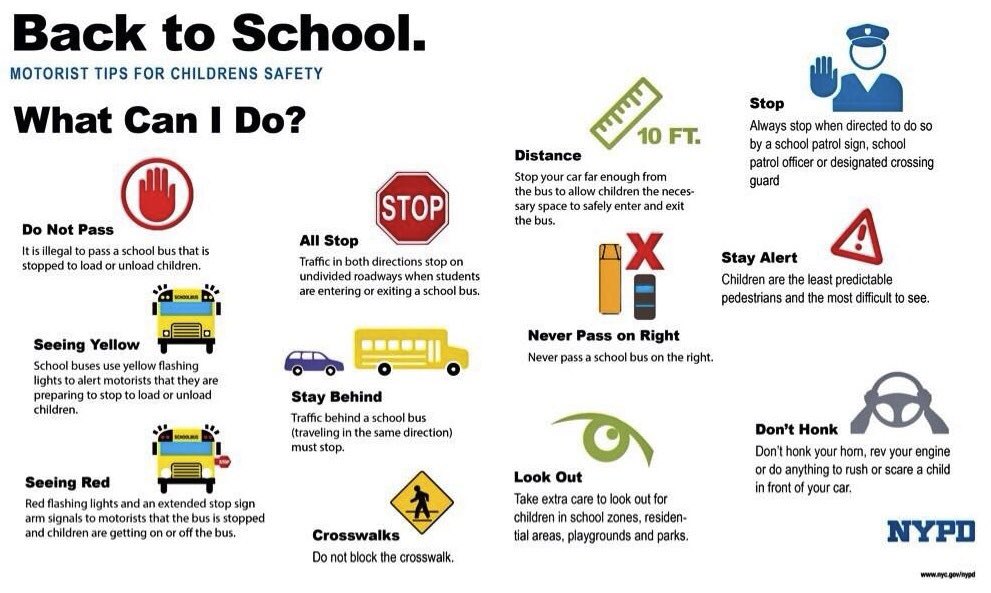 Free space, in turn, attracts something new, with new energy.
Free space, in turn, attracts something new, with new energy.
It is impossible to attract something new if there is physically nowhere to attract, if everything is packed everywhere, something is lying everywhere. You have to throw something away to bring something new into your life. No other way. nine0019
Vera Joyful
psychologist, art therapist
Photo: m24.ru
mental disorder, it will necessarily be accompanied by other disturbing symptoms. For example, inadequate perception of reality, impaired memory and attention.

How not to become a hostage of your own things?
1. Clean up household rubble once a month
When you get used to getting rid of old things and parting with them no longer seems like a disaster, general dismantling can be done less frequently.
2. Buy new things only after getting rid of the old ones
If you buy a new chest of drawers, deciding to take out the old one "someday later", there is a high probability that you will never fulfill your intention.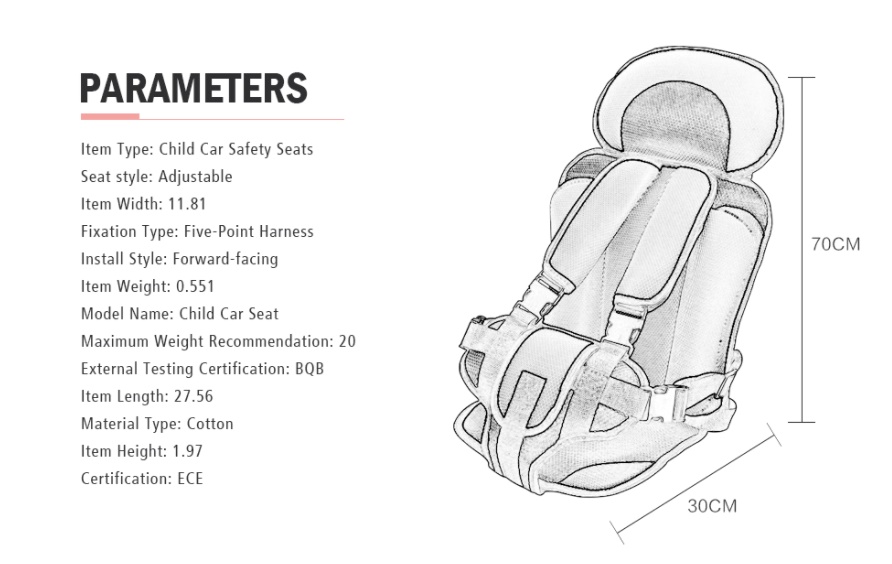 nine0003
nine0003
3. Be critical
Get everything out of closets, from the balcony, from the mezzanine. Sort things by constantly asking yourself the following questions: “Can I do without it?”, “Have I used it in the last six months / year?”, “Will it be useful to me in the next six months / year?”.
4. Get rid of things gradually
When sorting out, for example, old children's toys, first leave at home only those with which there are especially many pleasant memories. Then sort through the toys again. Well, if in the end there will be only one or two bunnies or bears dear to the heart. Give the rest of the toys to the orphanage - they are more needed there than on your mezzanines. nine0003
Toys are generally accepted at the same locations as clothing, a list of locations can be found here.
Photo: m24.ru
5. Don't turn your home into a warehouse of non-working or simply unnecessary equipment
This is harmful not only for moral and physical health. Leave one old, but still working mobile phone in case the current one breaks. Take all other equipment to special collection points for electrical appliances.
Leave one old, but still working mobile phone in case the current one breaks. Take all other equipment to special collection points for electrical appliances.
List of locations can be found here. nine0003
6. Pay special attention to sorting out your old clothes.
Stop storing jeans that are out of fashion, or a jacket that once drove classmates and classmates crazy. Old clothes that gather dust in the closet can be useful to someone else - orphans, the poor, the elderly. Wash things, iron them and take them to a second-hand store or a special collection point, from where the clothes will be given to orphanages or social support centers.
List of places where clothes are accepted (naturally, not torn, not dirty and not wrinkled) - here. nine0003
7. Don't overdo it when getting rid of things
Antique furniture, crockery, front-line letters from your great-grandfather, an old piano and a working cassette player are certainly not worthy of being in the trash.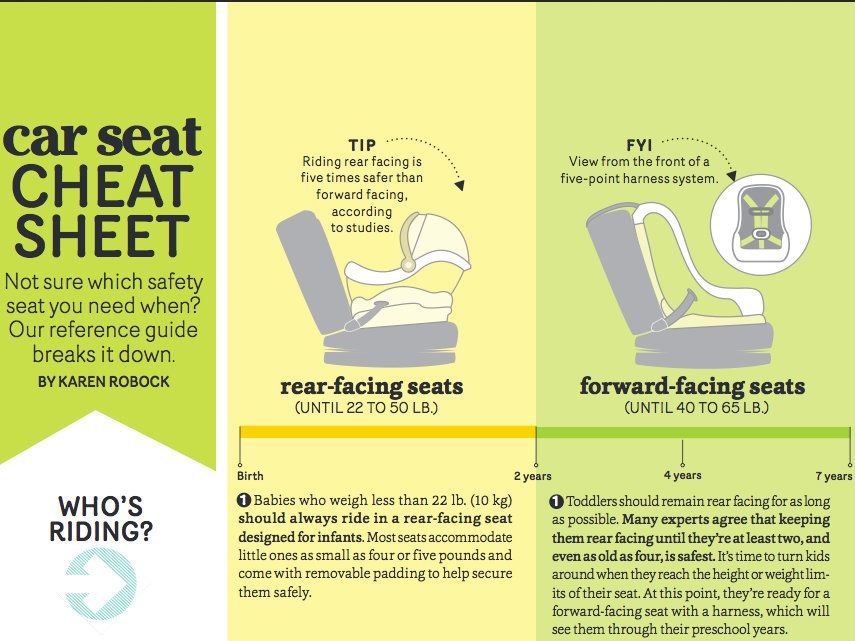 A piano that has become unnecessary can be sold, antiques can be adapted to the interior of an apartment or cottage. With a set of dishes or glasses, you can do the same, after knowing its price.
A piano that has become unnecessary can be sold, antiques can be adapted to the interior of an apartment or cottage. With a set of dishes or glasses, you can do the same, after knowing its price.
The strangest things Muscovites keep at home*
Part of a nuclear reactor from Chernobyl and a spearhead. Fortunately, the "button" of the reactor is "cleaned" and has no background radiation. nine0003
Innokenty: "An element of a nuclear reactor is a gift from a person who was in Chernobyl. The thing itself is on the mnemonic diagram of the reactor shield, but no one knows the exact name. Another artifact is a spearhead that I found during a trip to the Upper Volga Lakes in 1980- X".
Rail. Timofey: "This thing is a rail fastener. It was found near the Matveevskoye platform. Left from the construction of the railway.
I use it as a press when I need to glue something." nine0003
Stone from the construction of the Cathedral of Christ the Savior. Evlampia: “When I was little, my parents and I walked past the Cathedral of Christ the Savior - then it was still under construction. When we walked along the construction site, I lagged behind my parents, ran into it, took a piece of stone there and ran back to my mom and dad. "
When we walked along the construction site, I lagged behind my parents, ran into it, took a piece of stone there and ran back to my mom and dad. "
Stone from Andreevsky Spusk. Agrippina: "When I was in Kyiv, my friends and I went for a walk on Andreevsky Descent. They sell all sorts of rarities, trinkets and jewelry. I bought a pendant around my neck from one woman, and her little daughter - she was two and a half years old - said, I agreed, gave her the money, took the bag with the pendant, and in pursuit she picked up a piece of paving stones from the ground - and it’s so beautiful, red with some kind of mica - and said that it was a “wish stone”, and she he gives it to me. Since then, he has been living with me. " nine0003
Stone from Palace Square. Benjamin: "My friend and I were in St. Petersburg for the first time, and we were already tipsy enough to want to take a piece of the city with us. We took and pulled out this stone right on Palace Square."
Photo lab. Agathon: “I don’t collect any rubbish on the street, I have enough good things at home. Most of the things left from my grandfather are a darkroom, rare photos (including Joseph Stalin), an ancient radio with buttons “Budapest”, “Berlin”, " Milan" and "Moscow", morse codes and more.
Agathon: “I don’t collect any rubbish on the street, I have enough good things at home. Most of the things left from my grandfather are a darkroom, rare photos (including Joseph Stalin), an ancient radio with buttons “Budapest”, “Berlin”, " Milan" and "Moscow", morse codes and more.
Morse code. Agathon: "I have not put things in proper order yet and periodically find something new - either a coin for my collection, or things that are completely incomprehensible to me that excite the imagination. Despite the fact that such rarities are most often put up for auction, I will not Still, these things are dear to me as a memory. "
* The names of respondents have been changed for confidentiality purposes.
Anna Teplitskaya, Dmitry Kokoulin
psychology of buying things read
How and with what to clean car seats with your own hands?
Home
Blog of the online store Grass
Autochemistry
Spots per car seat: How to clean and Che .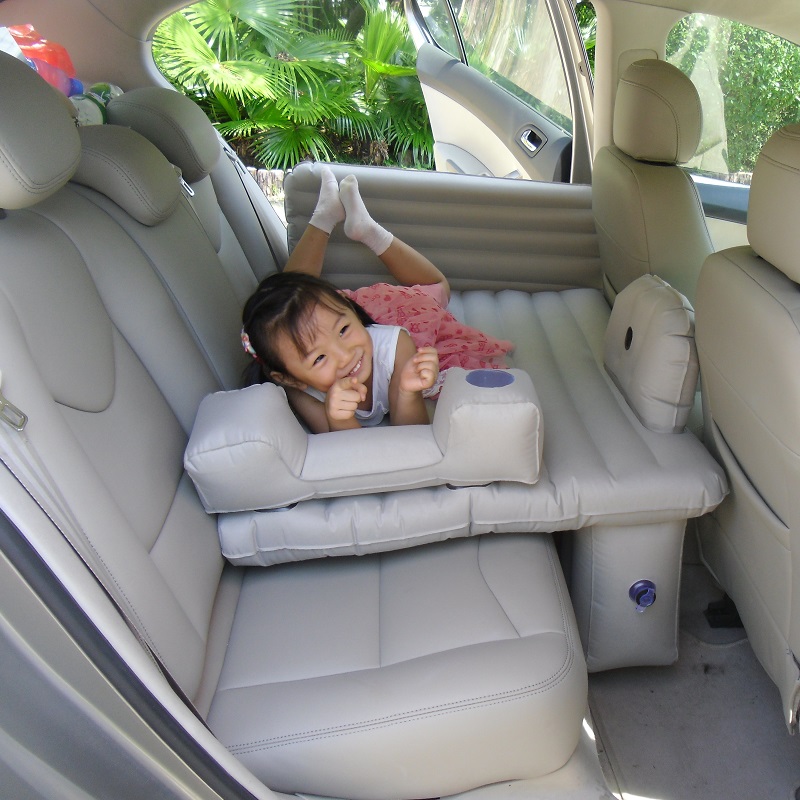 ..
..
28 April 2021 Reading time: 5 minutes
- 41451
- 0
Contents
- What do you need to clean the interior yourself?
- Checklist of vehicles for interior cleaning
- How to clean the seats?
- How to remove stains on upholstery?
- Child Car Seat Cleaning
Car cleanliness is the key to health. Dust, dirt on seats and instrument panels can cause allergies. Upholstery is an ideal place for germs and harmful particles that we breathe. Experts advise car dry cleaning at least once a year - after winter. To maintain order in the vehicle, it is not necessary to drive it to the car wash every time. Manufacturers of household chemicals today offer professional car cleaning products that can be used at home. nine0003
What do you need to clean the interior yourself?
- cleaning products;
- sponge;
- brush;
- cotton or microfibre cloth;
- vacuum cleaner.

Tip: Before cleaning with cleaning products, the seats should be vacuumed to remove surface dust, dirt, crumbs. If this is not done, the dirt will “settle” even deeper inside the upholstery, and it will be more difficult to remove it.
Vacuum cleaner helps remove surface dirt
Car Interior Cleaning Checklist
To keep your car in order, it is better to have a few tools in stock, which will always be at hand. They will help eliminate unpleasant odors, remove stains from seats, and give shine to panels.
What should be in the minimum set of household chemicals for a car:
- Panel polish. Plastic interior parts can simply be wiped with a damp cloth. But a special polish gives the panels a shine, leaves a pleasant smell in the cabin, protects against dust and UV rays. nine0113
- Glass and mirror cleaner or wipes. They will help wash glass without streaks, degrease it so that it does not fog up.
- Seat cleaner. The upholstery gets dirty most often in the car. Dust settles on it, drinks spill on it, food crumbs and footprints remain after a trip with children. Water will not cope with all these contaminants, and a special solution will help clean the car seat from dirt without streaks.
- Stain remover concentrate or foam spray. These cleaners will help to cope with heavy dirt, old stains. nine0113
How do I clean the seats?
When choosing household chemicals for cleaning seats, you need to consider the type of upholstery. Means for fabric and leather differ in composition.
Fabric cleaner
If your car has textile upholstery, almost any cleaner will do, even alkaline ones. The interior cleaner Textile cleaner has a wide range of applications. Revitalizes and renews upholstery colors, eliminates unpleasant odors, removes stains. It is suitable for cleaning fabrics, velor, artificial and natural leather, plastic and glass. This is a universal tool that can be used to wash the entire car. nine0003
For textile upholstery, a universal cleaner is suitable
Leather cleaners
Broad spectrum cleaners can be harmful to leather seats. Need special. For example, the Leather Cleaner genuine leather cleaner will gently remove various contaminants.
Specialized leather products will definitely not damage the structure of the material.
How to remove stains on upholstery?
Do-it-yourself cleaning of car seats from strong and old dirt, stains will help concentrated products. Interior cleaner Universal cleaner is suitable for removing stubborn stains. nine0003
Textile cleaner in a concentrated form will help to cope with stubborn stains on car seats - from blood stains to chocolate stains.
“
Anton Churkinexpert Grass
“The concentrate is applied only to the contamination, not to the entire surface. When working with a concentrate, a minimum of mechanical impact should be exerted on the surface. But after such a removal of stubborn stains, you will need a washing vacuum cleaner to completely wash the detergent out of the surface. nine0300
Concentrate cleaning instructions:
- test on an inconspicuous area of upholstery before use;
- wear a mask and gloves;
- use a soft bristle brush;
- Ventilate the vehicle for 30-60 minutes after cleaning.
Cleaning child car seats
Before you start cleaning child car seats, read the instructions at what temperature and with what means you can wash them. For most models, the same products are suitable as for upholstery of car seats. For fabric child seats, use Universal Cleaner or Textile cleaner. After cleaning, do not forget to rinse off the product from the surface and dry the car seat. nine0003
To summarize:
- Car dry cleaning should be done at least once every six months.
